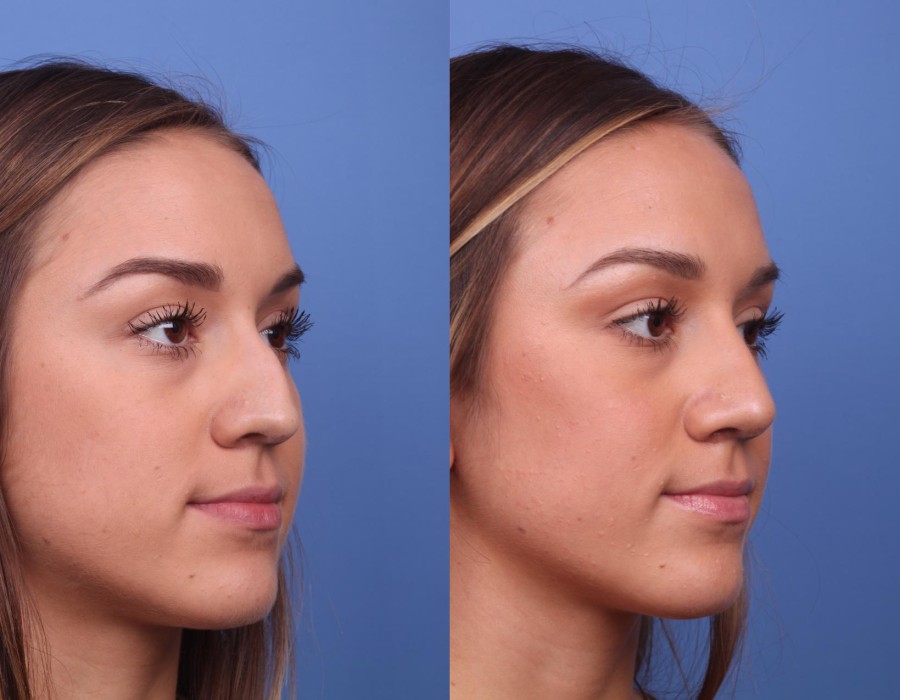Introduction to Rhinoplasty
Rhinoplasty, commonly known as a nose job, is a surgical procedure aimed at altering the shape, size, or functionality of the nose. People opt for rhinoplasty for various reasons, ranging from cosmetic enhancements to medical corrections.
Finding the Right Surgeon
Researching and selecting the right surgeon is crucial for a successful rhinoplasty journey. Patients should invest time in researching surgeons, and checking their qualifications, experience, and patient reviews. The consultation process provides an opportunity to discuss expectations and assess the surgeon's approach.
Understanding the Procedure
Before undergoing rhinoplasty, patients undergo a comprehensive preoperative assessment to evaluate their suitability for surgery. Surgeons employ various surgical techniques, including open and closed rhinoplasty, depending on the individual's needs.
Preparing for Rhinoplasty
Both physical and mental preparation are essential for a smooth rhinoplasty experience. Physical preparation involves following preoperative instructions provided by the surgeon, while mental preparation entails understanding the procedure and managing expectations.
Recovery Process
The immediate postoperative period requires diligent care to minimize discomfort and promote healing. Patients receive instructions regarding medication, wound care, and activity restrictions. Long-term recovery involves gradual healing and following the surgeon's recommendations for optimal results.
Risks and Complications
While rhinoplasty is generally safe, there are inherent risks associated with any surgical procedure. Potential risks include infection, bleeding, and anesthesia complications. Patients can minimize risks by adhering to preoperative and postoperative instructions.
Expectations and Realistic Goals
Setting realistic expectations is vital for patient satisfaction. Surgeons discuss potential outcomes during the consultation to ensure patients have a clear understanding of what rhinoplasty can achieve.
Financial Considerations
The cost of rhinoplasty varies depending on factors such as the surgeon's expertise, geographic location, and surgical technique. Insurance coverage for rhinoplasty is typically limited to cases where the procedure addresses functional issues, such as breathing difficulties.
Postoperative Care
Following surgery, patients attend follow-up appointments to monitor healing progress and address any concerns. Additionally, adhering to maintenance tips provided by the surgeon can optimize results and promote long-term satisfaction.
Lifestyle Adjustments
Patients may need to make temporary lifestyle adjustments following rhinoplasty, including dietary modifications and activity restrictions. These adjustments aid in facilitating proper healing and minimizing complications.
Emotional Support
Undergoing rhinoplasty can evoke various emotions, including excitement and anxiety. Seeking emotional support from friends, family, or support groups can help patients navigate the emotional aspect of the surgical journey.
Common Misconceptions
There are several misconceptions surrounding rhinoplasty, such as the idea that it always results in a drastically altered appearance. It's essential to debunk myths and clarify doubts to ensure patients have accurate information.
Success Stories
Patient testimonials and before-and-after transformations provide valuable insight into the potential outcomes of rhinoplasty. Viewing success stories can inspire confidence and help patients visualize their potential results.
Conclusion
Preparing for Rhinoplasty in Riyadh involves thorough research, careful consideration, and realistic goal-setting. By understanding the procedure, finding the right surgeon, and following preoperative and postoperative instructions diligently, patients can enhance their chances of achieving satisfactory results.






Comments